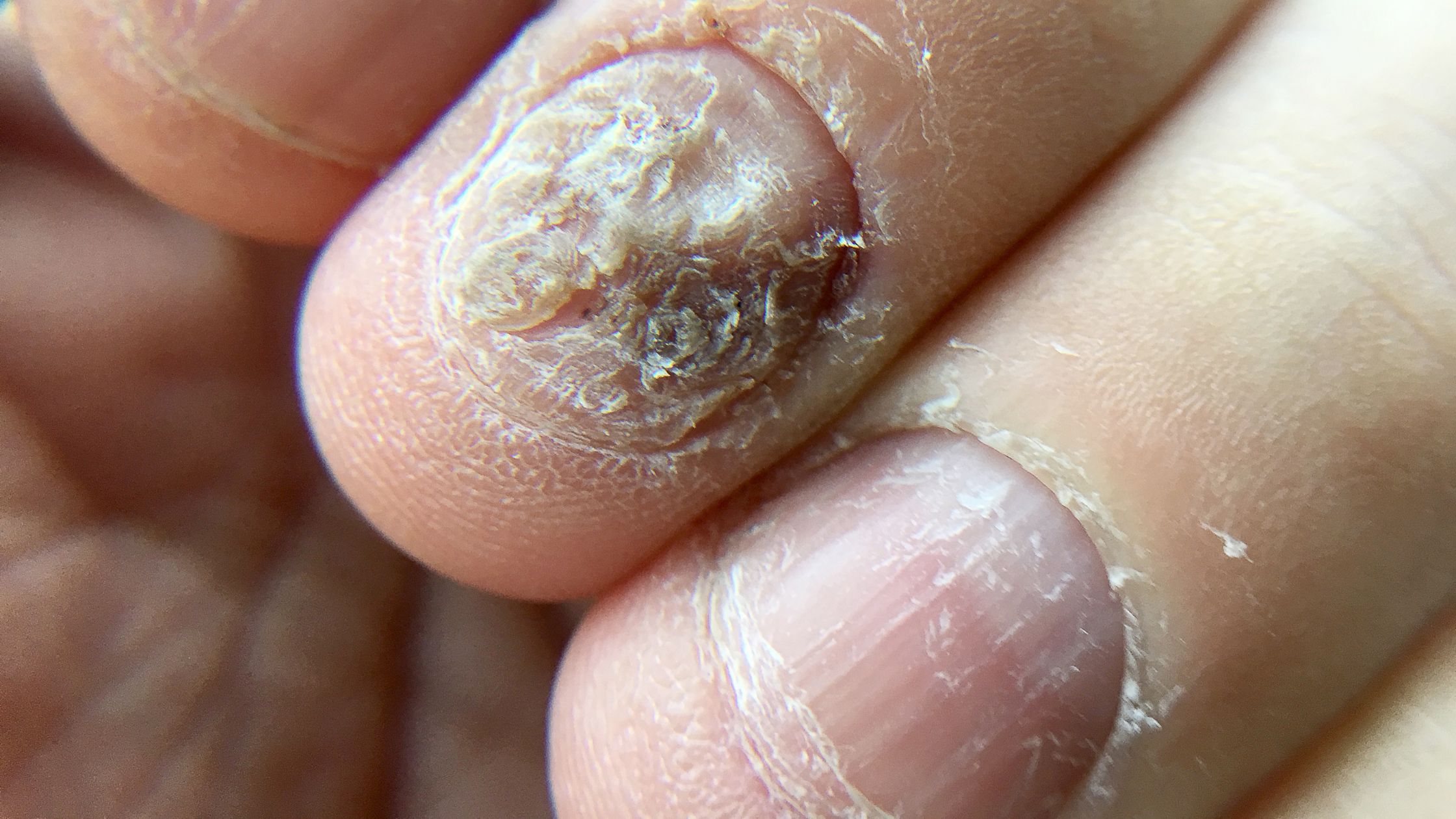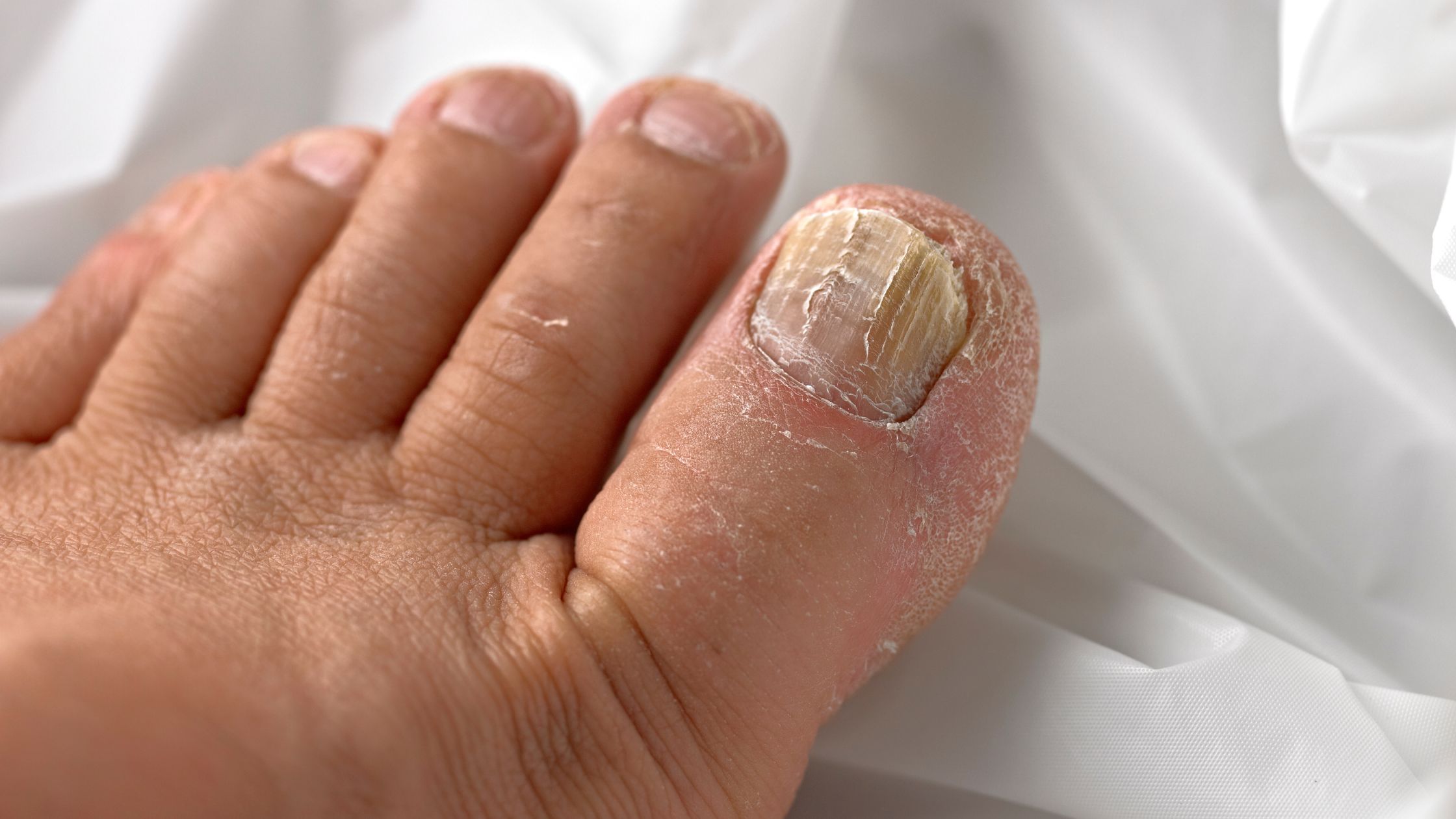7 Home Remedies For Fungal Infections
Fungal infections can be more than just an annoyance—they’re often itchy, uncomfortable, and frustrating to deal with. While over-the-counter treatments are available, some people prefer to start with natural remedies to tackle these infections. In this article, I’ll share seven home remedies that can help you manage fungal infections effectively. Whether you’re dealing with athlete’s foot, a yeast infection, or another type of fungal issue, these remedies might just offer the relief you’re seeking.

Tea Tree Oil Is A Powerful Antifungal Solution
Tea tree oil is one of nature’s most potent antifungal agents. This essential oil is often recommended for various skin conditions, and it’s especially useful for fungal infections. The reason? Tea tree oil contains compounds called terpenes, which have been shown to kill fungus on contact.
To use tea tree oil, simply dilute a few drops in a carrier oil like coconut or olive oil, then apply it to the affected area. Doing this twice daily can help reduce the infection. But be cautious—not everyone’s skin reacts the same way to tea tree oil. If you notice irritation, you might want to try a different remedy.
Plain Yogurt Helps Restore The Balance Of Good Bacteria
It might surprise you, but plain yogurt is not just a healthy snack—it’s also a great remedy for fungal infections, particularly yeast infections. The live cultures found in yogurt, such as Lactobacillus acidophilus, can particularly help restore the natural balance of bacteria in your body, which is essential for fighting off fungal growth.
For topical infections, you can apply plain yogurt directly to the affected area and let it sit for about 20 minutes before rinsing it off. For internal issues like a yeast infection, some people eat yogurt or use it internally to get the benefits. Make sure you’re using plain, unsweetened yogurt, as sugar can actually feed the fungus, making the infection worse.
Apple Cider Vinegar Can Help Fight Fungal Infections From The Outside In
Apple cider vinegar (ACV) is another kitchen staple with powerful antifungal properties, according to research. The acidic nature of ACV helps kill the fungus and prevent it from spreading. Plus, it can help restore the skin’s natural pH balance, which is often disrupted during a fungal infection.
To use ACV, mix one part vinegar with one part water and apply it to the infected area with a cotton ball. You can do this a couple of times a day until the infection improves. Some people even add a cup of ACV to their bathwater to treat infections that affect larger areas of the body.
Garlic Is A Natural Antifungal You Probably Already Have In Your Kitchen
Garlic is well-known for its antifungal properties, which are no exception. Garlic contains a compound called allicin, which is accountable for its powerful antifungal effects.
To treat a fungal infection, you can crush a few cloves of garlic and apply the paste directly to the affected area. Leave it on for about 30 minutes before rinsing off. Alternatively, adding more garlic to your diet can also help your body fight the infection from the inside. But be aware—garlic can be quite strong, so it’s important to do a patch test first to make sure it doesn’t irritate your skin.
Coconut Oil Offers A Gentle Yet Effective Solution For Skin Infections
Coconut oil is another natural remedy that’s gaining popularity for its antifungal benefits. The medium-chain fatty acids found in coconut oil, particularly lauric acid, are known to kill harmful pathogens, including fungi.
You can apply coconut oil directly to the infected area a few times a day. Because it’s gentle on the skin, coconut oil is especially good for sensitive areas and can be used as a moisturizer to prevent future infections. Plus, it smells great, making it a pleasant option for regular use.
Aloe Vera Provides Soothing Relief And Helps Heal Infected Skin
Aloe vera is celebrated for its soothing and healing properties, but did you know it’s also antifungal? Aloe vera can help lessen the itchiness and discomfort associated with fungal infections while promoting skin healing.
To use aloe vera, apply the gel directly to the infected area. You can do this several times a day. Not only will it help fight the fungus, but it will also help repair any skin damage caused by the infection. If possible, use fresh aloe vera gel straight from the plant, as it’s more potent than store-bought versions.
Turmeric Has Antifungal Properties That Can Help Manage Infections
Turmeric isn’t just a spice—it’s also a powerful antifungal agent thanks to its active ingredient, curcumin. Curcumin has been shown to inhibit the growth of fungi, making turmeric a useful remedy for fungal infections.
You can make a paste by mixing turmeric powder with water or coconut oil and applying it to the affected area. Let it sit for about 30 minutes before rinsing off. Be careful, though—turmeric can stain your skin and clothes, so it’s best to wear something old when using this remedy.
These home remedies for fungal infections offer a natural way to manage and potentially eliminate these issues. While they can be effective, it’s important to bear in mind that everyone’s body is different, and what works for one person might not work for another. If you’re dealing with a persistent or severe infection, or if these remedies don’t seem to help, it’s a good idea to consult with a physician.






